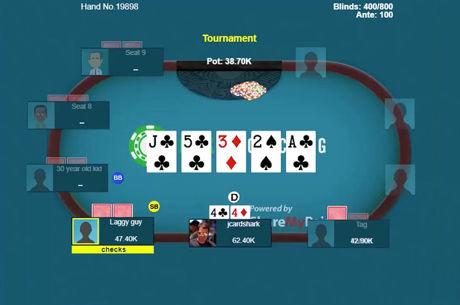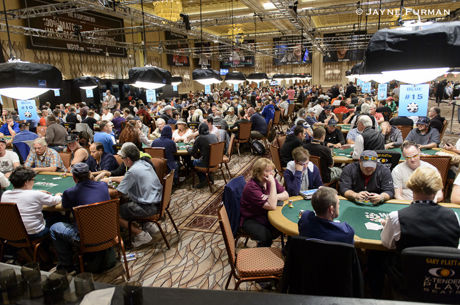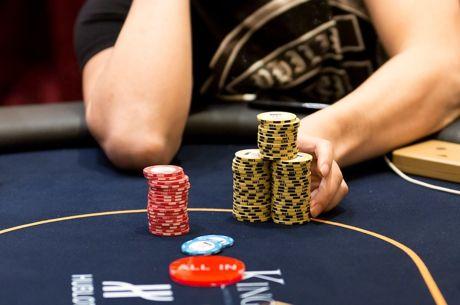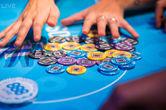Getting Comfortable With Wider Ranges: Big Blind Play
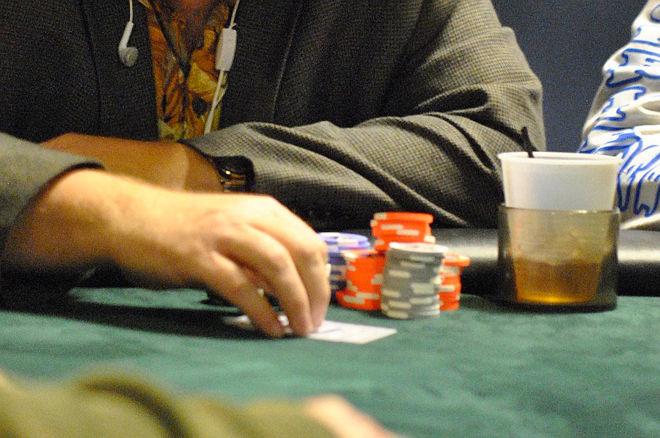
There is a popular trend developing in the poker world. People are starting to realize they should defend more often against small raises with a wider range of hands.
I've been told that I fold too much, so finally I've started calling and three-betting with a wider range from the blinds and the button when facing frequent opens from aggressive players.
Being a tight-passive, small stakes player, I wasn't easily convinced to get outside of my comfort zone, but I'm glad I did. In this series, I will share with you some of my "a-ha!" moments while making this transition in hopes that you, too, will begin to widen your defending ranges appropriately.
How Often Should We Defend the Big Blind?
Let's say I am in the big blind facing a steal attempt from the cutoff. It's a nine-handed multi-table tournament with antes that are 10 percent the size of the big blind.
If villain makes it 2.2x the big blind to go, the bet needs to work as a complete bluff only 47 percent of the time in order to break even. This means that the players left to act must collectively defend 53 percent of the time to prevent him from making money with any two cards.
This number doesn't even take into account that the raiser has some postflop equity when called. Since players in the small stakes games I play do not defend nearly often enough in spots like this late in an MTT, aggressive regulars profit by raising with very wide ranges.
What Sort of Hands Should We Defend?
In the past when I was one of those players left to act, I'd think to myself "I know this clown doesn't have anything." I couldn't wait until I finally got a hand with which to catch him. The problem is that those top hands never seem to come often enough.
Nowadays, I know that if he doesn't have anything the vast majority of the time, then I don't need much of a hand to play back at him. The opener's range in this spot is often so wide that it creates an opportunity for me to profit with a wide range as well. I can either call and take the great price I am being offered, or I can three-bet to try and resteal his steal attempt.
In our example, I am facing a 2.2x open in the big blind. It costs me 1.2 BB to see a flop in a 5.9 BB pot. That means I only need to win this pot around 20 percent of the time to break even.
It's true that this is hard to do from out of position with a bad hand, but consider that even a hand as raggy as 6?2? flops two pair-plus or a combo draw almost 10 percent of the time. If I also continue with any naked flush draw, that gets me up to 17 percent of the time. If I am at all capable of donk betting or check-raise bluffing with backdoor draws or winning with weak one-pair hands, then I can easily continue at least another 3 percent of the time to make this call break even at worst.
Postflop play is beyond the scope of this article, but taking aggressive lines such as these helps me to avoid the "fit or fold" mentality and win more often which, in turn, encourages me to defend more often. That said, I try not to go crazy with this, so I stick with hands like suited three-gappers or better that have the potential to flop combo draws I can barrel.
How Often Do We Need to Win?
I used to hate calling out of position with the trashiest of these hands. I felt like I was throwing good money after bad until I started playing my backdoor draws aggressively postflop and winning more than my fair share of hands.
If you're a small stakes player like me, then maybe you too failed to realize that losing even as much as 75 percent of the time means that we win 25 percent of the time �� which is profitable when we only need to win 20 percent of the time to break even. This bit of math was eye-opening for me.
We Can Also Defend By Three-Betting
Sometimes instead of just calling, I will occasionally want to defend against loose opens by three-betting for value with hands like ace-king or QQ+. In order to be somewhat balanced, I will three-bet bluff occasionally as well. The fact that I get to use the big blind as a part of my three-bet means I am getting a healthy discount on this play.
Let's say I want to 3x villain's 2.2x open as a bluff. On the surface, it seems that this bet should cost me 6.6 big blinds. In actuality, it only costs me 5.6 BBs because I have already put my big blind into the pot. This 3x three-bet bluff only needs to work a little more than 54 percent of the time to break even. The hunter has now become the hunted. If I only try this against villains who fold more than 46 percent of their raising range, this bet is profitable with any two cards.
Generally, I will do this with hands just below my flatting range. Since I call in the big blind with most of the hands that can flop good straight and/or flush draws, my three-bet bluffing range will consist of hands that are just a little too weak to flat like Q?7? or hands with blocker value like A?7?.
Again, I will only go this wide if I think villain will fold to the three-bet often. If I expect some flats, then I will three-bet bluff with hands that flop better than these.
Conclusion
The math in this article shows that it is pretty hard to go wrong defending the big blind against small steal attempts with a wide range of hands. For the most part, we should be flatting most hands that flop somewhat decently and ocassionally three-betting both for value and as a bluff.
Things get a little bit trickier when we are in the small blind. We'll continue this discussion by considering how to approach that position next week.

